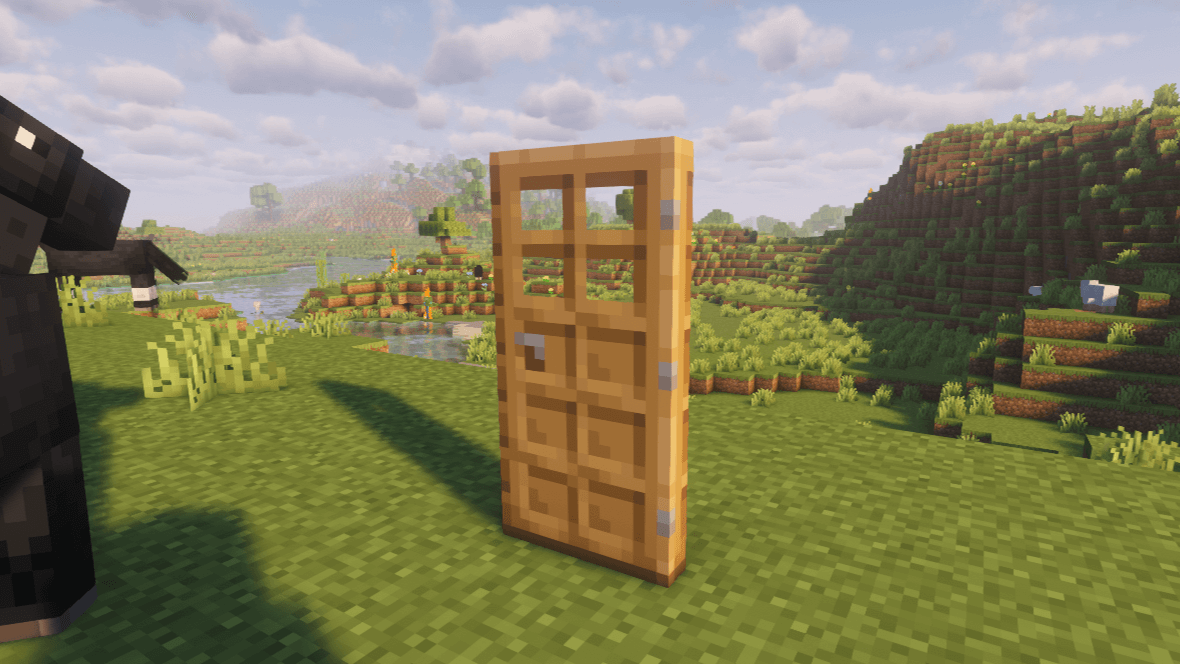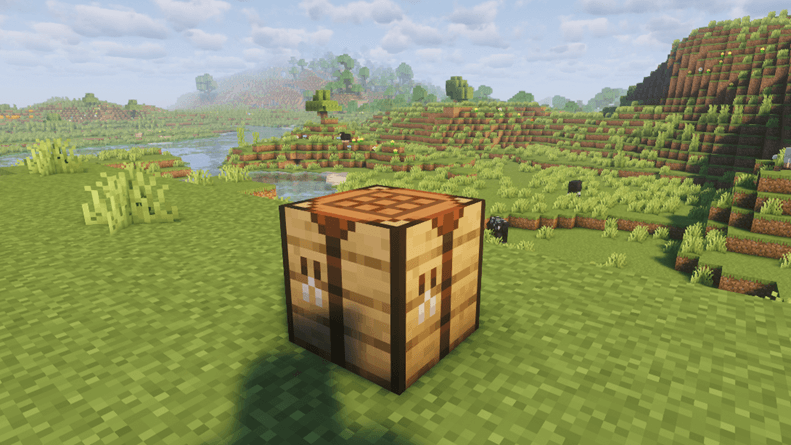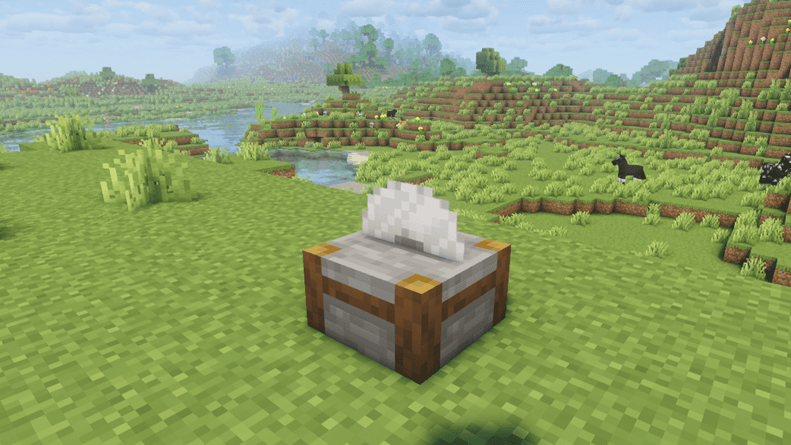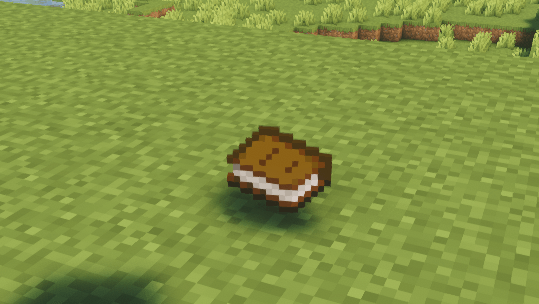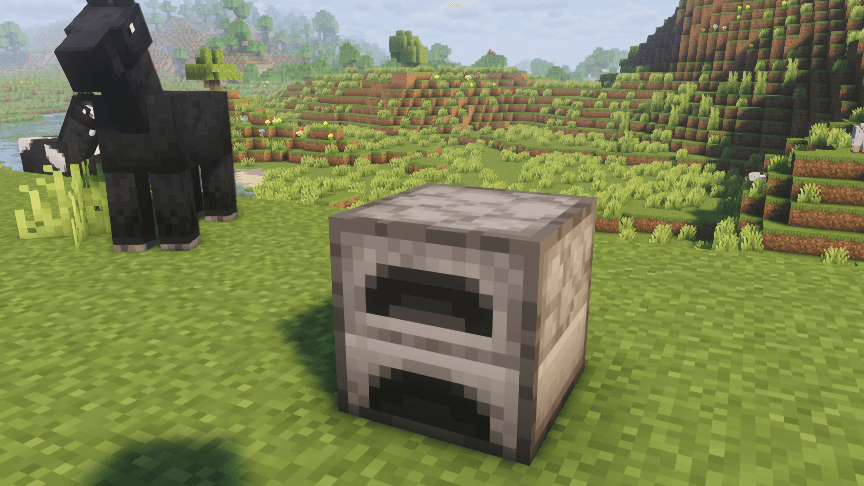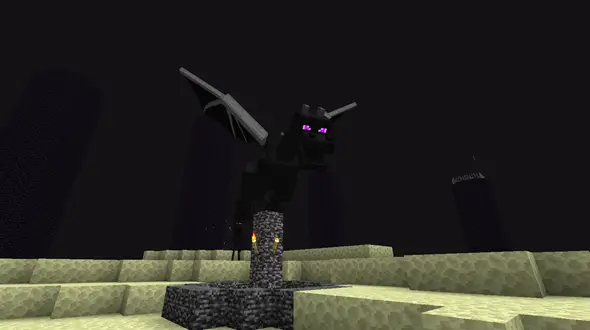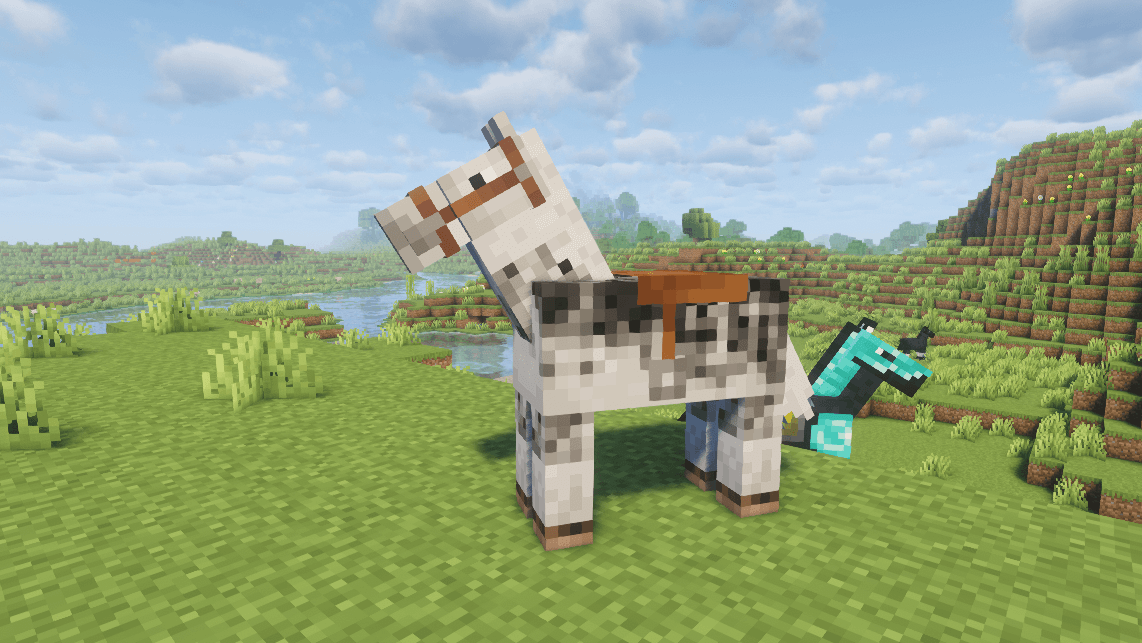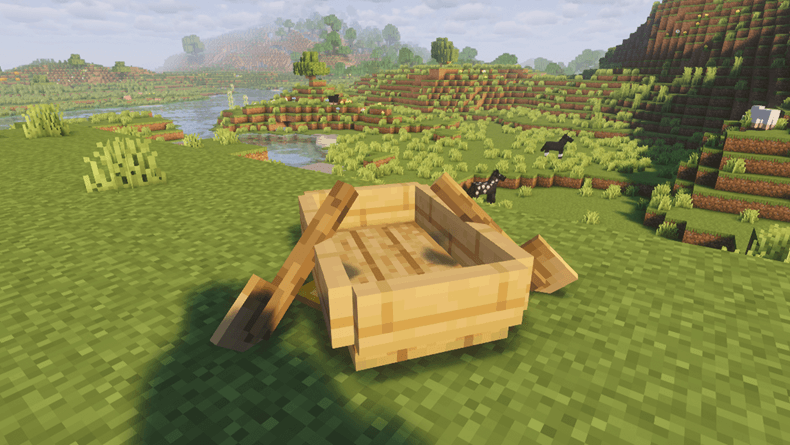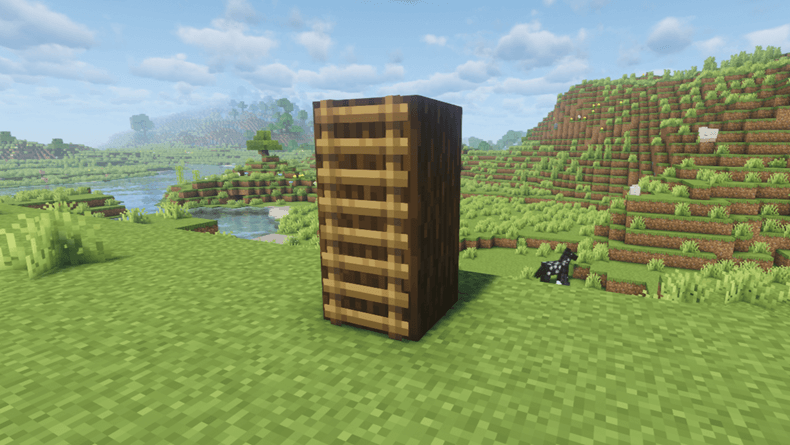
How to make a dispenser in Minecraft

Do you want to build automatic farms, complex traps, or custom mob arenas in your Minecraft world? Then you need to master how to make a dispenser. This vital mechanism component will automatically dispense items or activate items on its own, making it an essential block entity.
The dispenser will power your best Redstone projects, automating tasks that would otherwise take hours of manual labor. It is a central mechanism component used by both beginner and veteran players to expand their construction possibilities.
This tutorial will walk you through the simple crafting recipe, explaining exactly how to craft dispensers and leverage their unique dispenser functions. Learn to create this foundational Redstone block today.
What is a Minecraft Dispenser
A Minecraft Dispenser is a Redstone-activated utility block that holds items in its dispenser inventory and then releases them when activated. The dispenser has limited inventory space, containing 9 slots for storing items. Dispensers resemble furnaces or droppers, but they have a small hole on the front face that determines the direction the items will be released.
The dispenser texture is similar to a furnace but features a small round port on the front face where items are launched. It is a block entity because it stores item data internally. The top and bottom textures of the block are plain, emphasizing the importance of the front face where the items are released.
What does the Dispenser do in Minecraft
The primary function of the Dispenser is to take an item from a random occupied slot in its internal dispenser slots and project it, often with velocity or a special effect. The dispenser behavior item effect determines how the item is released.
- Fires Projectiles: When loaded with arrows, the dispenser fires random projectiles with velocity. For example, arrows are shot straight out of the dispenser. If the dispenser is unable to fire arrows, such as when the block in front is obstructed, it will instead drop arrows as items into the world.
- Activates Items: When loaded with a lava or water bucket, the dispenser dispenses the liquid dropped into the air block in front of it, leaving only the empty bucket behind. This dispenser behavior item effect is what makes it so useful.
- Interacts with Entities: It can place a newly filled bucket of milk onto the ground, or dispensing shears to shear a sheep in the block space in front of it.
Dispenser Crafting Recipe
To make a Dispenser, you will need a combination of stone, wood products, and Redstone dust combined with a bow.

Step 1: Collect String
The dispenser requires a bow in its crafting recipe, and a bow requires string.
- Find and fight spiders (multiple mobs) to gather string.
- You will need 3 string to craft 1 bow. This string is the flexible part of the bow.
Step 2: Gather Wood
You will need wood to create the sticks for the bow and for the crafting table if you do not have one.
- Punch tree logs (or use tools) to collect about 3 logs.
- Convert logs into wooden planks, then planks into 6 sticks.
Step 3: Mine Cobblestone and Redstone
Stone and Redstone dust form the block shell and the mechanism component of the dispenser.
- Collect 7 cobblestones. Cobblestone is the most common block found when mining.
- Mine 1 Redstone dust with an iron or better pickaxe. Redstone dust is the key component.
Step 4: Craft a Bow
The bow is the projecting part of the dispenser.
- Open the crafting table grid.
- Place sticks diagonally in the top left corner of the 3x3 grid (one stick at the bottom center slot).
- Place string vertically on the left side slots.
- This creates the bow needed for the dispenser recipe.
Step 5: Craft the Dispenser
Now you can craft dispensers with all the pieces.
- Place the bow in the center slot of the 3x3 crafting grid.
- Put one Redstone dust directly below the bow slot.
- Fill the remaining seven slots with cobblestone blocks.
- Result: Dispenser crafted!
Step 6: Use the Dispenser Inventory
The dispenser is now ready to be placed in the world.
- Place the dispenser in the world (ensure the hole faces the target).
- Load items inside the dispenser gui (dispenser inventory). The dispenser's gui label appears at the top of the interface and can be customized to help identify or organize dispensers.
- Power it with Redstone (e.g., a torch or button). You can set the dispenser's lock tag to restrict access to its inventory; this is done using data commands and allows only players holding a specific item to open the dispenser.
- It will randomly dispense items when activated.
Step 6 (continued)
To eject multiple items, activate the dispenser multiple times in quick succession, such as by using a redstone clock circuit.
Types of Dispenser Functions in Minecraft
The Dispenser is an amazing block because items behave differently when released by it, giving rise to many unique dispenser functions. For example, when a potion or bottle is dispensed, it can interact with the environment in special ways. An empty bottle can be dispensed to collect liquids such as water or honey from the environment, making it useful for automated liquid collection systems.
Projectile Dispenser
The Dispenser dispenses projectiles like arrows, snowballs, eggs, fire charges, splash potions, and other projectiles by launching them with speed and velocity. This is how automatic traps are often created. For example, dispensed fireball hits a target and will act as a normal fireball would.
Mob/Entity Dispenser and Empty Appropriate Armor Slot
The Dispenser dispenses entities like boats, minecarts, and spawn eggs. When a spawn egg is dispensed, it will instantly spawn the mob in the air block in front of the dispenser. Similarly, a boat will be placed ready to use.
Utility Dispenser: Dispensing Glass Bottles
The dispenser dispenses and activates tools and items that perform a unique function:
- Water/Lava: Dispensing a lava or water bucket will place the lava or water source block and leave an empty bucket. This newly filled bucket is now a source block and not a projectile.
- Shearing: Dispensing shears onto a sheep or a mooshroom will automatically shear them, causing item's durability decreases by one point.
Utility Dispenser (continued)
Potions/Bottles: Dispensing glass bottles onto a water source will fills bottles with collect water bottles. It will also collect honey bottles from a beehive.
Trap Dispenser
The Trap Dispenser dispenses items specifically used in traps to shoot arrows, fire charges, or potions at enemies. If a dispensed fireball hits a wooden target, it can start a fire.
How to activate a Minecraft dispenser powered by redstone
A Minecraft Dispenser will activate block or dispense items when it receives a Redstone signal.
- The dispenser powered will be triggered by any power adjacent Redstone dust or an adjacent powered Redstone dust.
- Any active Redstone torch, lever, button, pressure plate, or tripwire attached to or surface adjacent to the dispenser will activate block.
- When activated, the dispenser waits a fraction of a second and then randomly dispenser drops an item from a random occupied slot in its dispenser inventory.
How to make a dispenser repeat, constantly dispense and automatic
To make a Dispenser repeat, constantly dispense, or become automatic, you need to use a pulsating Redstone clock mechanism component.
A Redstone Clock will quickly turn a Redstone signal on and off, which causes the dispenser to activate block rapidly. Examples include:
- Redstone Comparator Clock: Use a comparator placed in subtract mode, looped back onto itself.
- Hopper Clock: Use two hoppers feeding into each other with a Redstone comparator attached.
- Observer Clock: Use two observers facing each other to create a rapid pulsing signal.
How to make a dispenser repeat (continued)
With a clock attached, the dispenser dispenses the contents of its inventory rapidly until it reaches an empty slot or the signal is cut. If the slot is empty, the dispenser fails to dispense.
Block States of the Dispenser
Every dispenser in Minecraft has several block states that determine how it behaves in the world. The most important block state is the direction the dispenser is facing, as this controls where items will be ejected when the dispenser is powered. Whether the dispenser is powered or not is another key state—when the dispenser powered state is true, it will activate and dispense items from its inventory.
Another advanced block state is the lock tag. If a lock tag is set on a dispenser, only players holding an item with the exact same name as the lock tag's text can access the dispenser's inventory. This is especially useful for securing valuable items in multiplayer servers or for creating private, automated systems. Understanding and configuring these block states allows you to build more secure, efficient, and creative redstone contraptions, making the most out of your dispenser's capabilities.
Moving the Dispenser
If you need to relocate a dispenser, always use a pickaxe to mine it. When broken with a pickaxe, the dispenser drops itself along with all the items stored in its inventory, making it easy to move and set up elsewhere. However, if you break a dispenser without a pickaxe, it drops only its contents and not the dispenser block itself—so you'll lose the block and have to craft dispensers again.
It's also important to note that dispensers cannot be moved by pistons in Java Edition, which means you'll need to plan your redstone contraptions accordingly. This limitation ensures that the dispenser's settings and block entity data remain intact, but it also means you can't use pistons to reposition dispensers as part of moving mechanisms.
Dispenser Tips for Effective Use
To get the most out of your dispensers, always double-check that you've loaded the right items into the dispenser's inventory before activating it. This helps prevent wasted resources and ensures your automated systems run smoothly. If you're playing on a multiplayer server, take advantage of the dispenser's lock tag feature to secure your valuable items and prevent unauthorized access.
Experiment with different dispenser orientations and placements to achieve the effects you want, whether you're trying to shoot arrows, dispense potions, or place blocks. Regularly manage your dispenser slots to keep essential items stocked, especially in automated farms or traps. For even more advanced setups, combine dispensers with other redstone components to unlock unique dispenser functions and create powerful, automated systems that enhance your Minecraft experience.
Troubleshooting Common Dispenser Issues
If your dispenser fails to work as expected, there are a few common issues to check. First, make sure the dispenser's inventory contains the items you want to dispense—an empty slot means the dispenser fails to activate properly. Double-check that the dispenser is facing the correct direction; if not, break and replace it while facing your desired target.
If you're unable to access a dispenser, it may be locked with a lock tag. In this case, ensure you're holding an item with a name that matches the lock tag's text exactly. For redstone issues, verify that the dispenser is receiving a strong enough signal from adjacent powered redstone dust or other redstone components, and that there are no air blocks or obstructions blocking the signal. By following these troubleshooting steps, you can quickly resolve most dispenser problems and keep your redstone creations running smoothly.
Conclusion
The Dispenser is an indispensable block for any serious redstone enthusiast, marking a significant step up from basic crafting. By knowing how to make a dispenser in minecraft, you unlock complex unique dispenser functions, from automatically collect liquids with an empty bucket to firing arrows in a trap.
Remember the crafting recipe: cobblestone, redstone dust, and a bow. The dispenser dispenses items or liquids and will power your most ambitious automatic construction projects. Now go craft dispensers and start automating your world.
